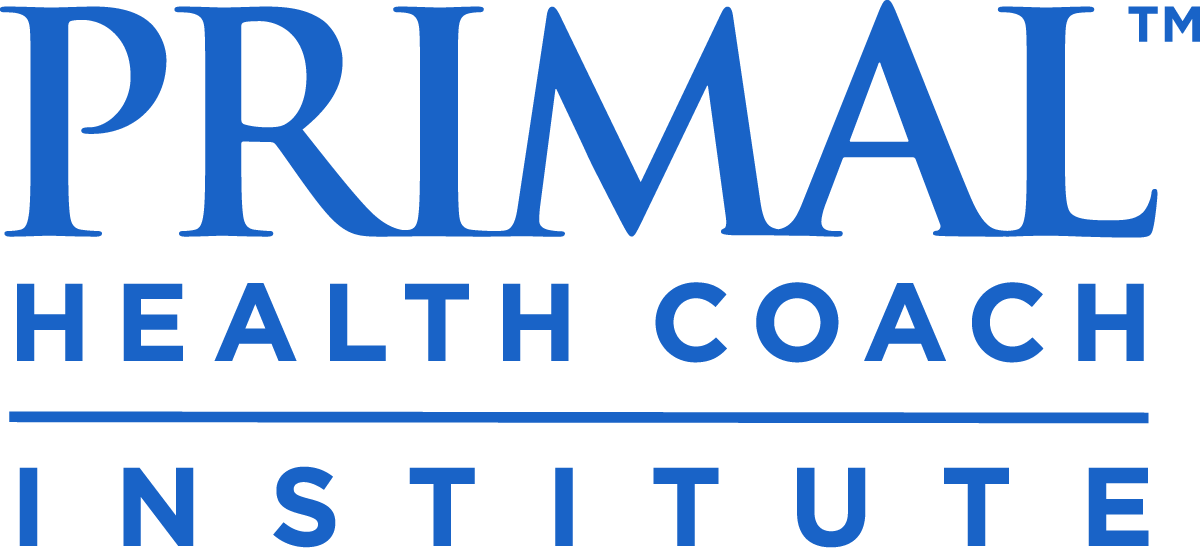
It’s tempting, as a new coach, to offer all sorts of programs to your audience. You’ve got plenty of ideas and you want to try them all!
So what’s wrong with offering too many programs?
The first thing to consider is: There’s only one of you. It’s not easy to simultaneously work with clients while you’re developing new programs and marketing them.
The second consideration is: As a new coach, it’s recommended that you first gain experience coaching clients before you broaden your offerings. “Once you’ve worked with a lot of clients, you’ll have a much better idea of what questions and roadblocks come up consistently, where people struggle, what they’re looking for, and what works best,” says health coach marketing expert Amy Lippman.
The third consideration is: Your audience can get overwhelmed if you promote too many options. Two options are a great goal to strive for while you’re still new; this gives people different prices and levels of commitment to consider.
The following sections will help you decide between focusing on one-on-one coaching or group coaching for your new health coaching business.
What Worked for You?
If you’ve ever hired a coach before or participated in group coaching, think about what worked best for you. Maybe you liked the personal attention of working with someone one-on-one. Or maybe you liked the community aspect of a group class. The way you learned might be the most effective way for you to coach others.
Are They Asking for What You Want to Offer?
Another sign that you should consider is if your audience is literally asking for what you’re offering. This happened to me twice this year, where a potential client requested group coaching. These clients even asked other people if they’d be interested in the arrangement before they approached me with the idea! So, if they’re coming to you and telling you what they want, then you know there’s a demand for it.
Let’s dig deeper into the many pros and cons of each type of coaching: One-on-One Coaching vs. Group Coaching.
One-on-One Coaching
Pros:
- Better relationship building and behavior change. In a personal one-on-one setting, you have more time with each client. There’s more room to explore emotional blocks and thought patterns in a private session compared to the capabilities you have in a group setting. Together you can more adequately address obstacles and optimize behavior to achieve desired results.
- More Experience and Insights Regarding Ideal-Client Trends. The experience of personal coaching is important for new coaches. You’ll learn common pain points that your clients share, and you’ll get an idea of the type of clients you attract. Once you learn this, you’re more equipped to create a group program that’s speaking to the needs of your future clients.
- Your pricing and programming can change to fit client needs. When you’re coaching clients individually, you can craft more tailored programs and pricing to better fit individuals’ needs. You can even coach individuals through a pre-built 12-week Primal Health Coach program flow (in the Primal Health Coach Business Resource Center for graduates).
- More opportunities to surprise your clients and over-deliver. More time spent with your individual clients means more time listening to the things they need. Imagine that your client says they’re bored of the same lunch every week. You can give them a few ideas on how to change it up. Then, outside of the session, pull together a few recipes and send them over to your client as a surprise. This bonus makes them feel heard and supported.
Cons:
- The price can be out of reach for some people. Depending on your client demographic, you may find that the price of private coaching is not affordable for many. This is another reason group coaching business models tend to do well.
- It’s not very scalable. As a business model, one-on-one coaching isn’t as scalable as group coaching. You can only take on so many clients at a time, and there’s a limit to how much your target audience is willing to pay.
- Simultaneous marketing and coaching skills are needed. It’s great if you start filling up your client roster, but while all the coaching itself is going on, you’ll need automated systems in place to create consistent income.
- Clients lack a sense of community or peer support usually experienced during group coaching (though you can make up for this somewhat if you have a fairly engaged Facebook group or other online community with a similar message).
Group Coaching
Pros:
- It’s more cost-effective. Group coaching is a great way to offer your coaching services at a lower price point. The price range can be determined by the number of people you’ll allow in the group, and how much time you’ll devote to the group on a weekly basis.
- It’s easier to stay within your scope-of-practice. No matter the state you live in, and the coaching parameters, you can create group coaching programs that fall within the legal guidelines. Generalized meal plans and exercise programs are a smart way to offer actionable advice to your clients while staying within your scope-of-practice.
- Allows a sense of community and peer support. This is an important element that personal coaching lacks. The built-in accountability and support provided by the group creates a sense of belonging. When a person witnesses other individuals making positive changes, it can empower them to face their own obstacles and strive for change.
- Built-in accountability. In a 2013 study on group health coaching, they discovered that “when individuals make commitments toward their goals in front of the group, they feel a greater sense of responsibility to follow through.” The members feel accountable to their fellow group members and to their coach.
- A more scalable business model. There are many more growth opportunities for your business when you offer group coaching because the price point is lower, it requires less of a time investment from you, and you can coach more clients at once. You can eventually scale to online courses, corporate coaching, and memberships.
- It’s an easier “Yes.” A typical customer-attraction journey first involves drawing in your potential clients, then offering them a free resource to get them on your email list. Once they get to know and value you as an expert, the next step is to have them progress into a paying client. Group coaching gives you a chance to get people in the door with a low-cost offer.
Cons:
-
Availability obstacles. Group coaching requires all members to have a mutually available time to meet. That can make it more difficult to fill a group. One plus side is that group sessions can be recorded and shared with members who miss meetings.
- Additional coaching skills required. Managing a group will often require some extra skills to handle particular challenges that are group driven. One example is to cheer on members who progress while being supportive to members who are stuck. Another coaching challenge would be to moderate any disruptive behavior before it negatively impacts others.
- Nailing the right social dynamic. In the aforementioned 2013 study on group health coaching, the researchers explained that “as with any group, coaching groups typically involve a mixture of quieter, more introverted individuals and more extroverted individuals. Well-trained coaches can manage this mix by drawing out quieter clients and redirecting talkative ones.”
- Simultaneous marketing, coaching skills, and strategic programming needed. You’ll need automated systems and consistent marketing to ensure that there are clients ready to book with you. For instance, you might launch groups that start and end on a certain date so that you know you’ll have consistent income for that time period. You might also have an evergreen group that allows members to come and go as they please. The latter allows you to always attract new clients without the pressure of a launch.
As you can see, there are plenty of advantages and disadvantages to both types of coaching. As a new health coach, it’s only natural to feel inspired to try new things with your business, but remember to master the basics first. Your programs will constantly evolve as you learn along the way.



